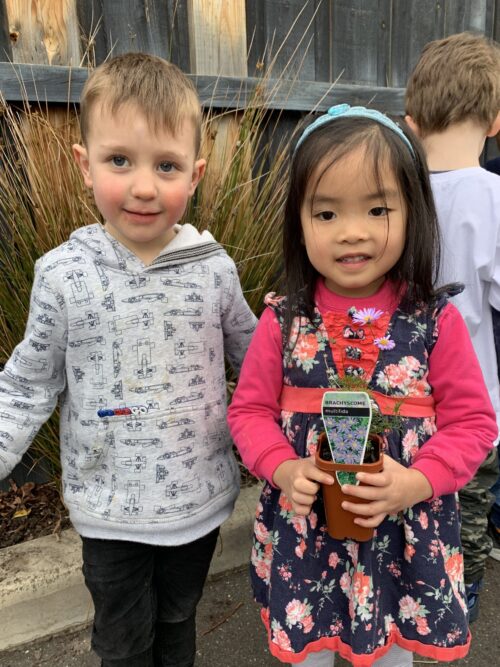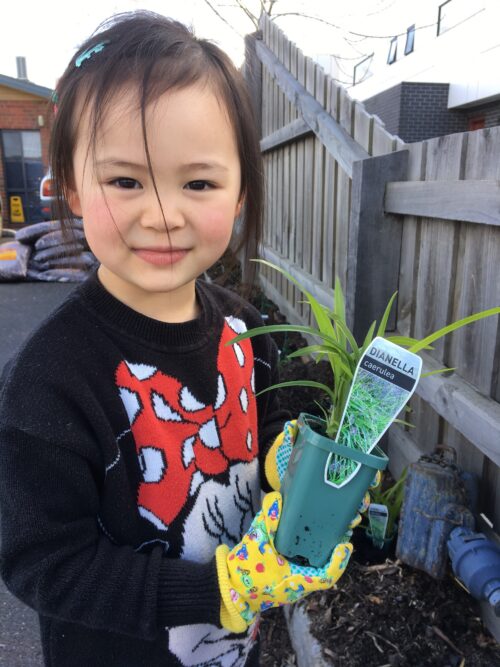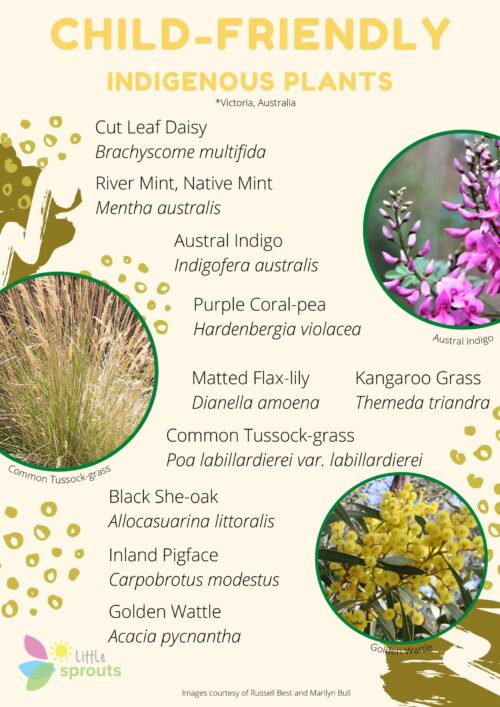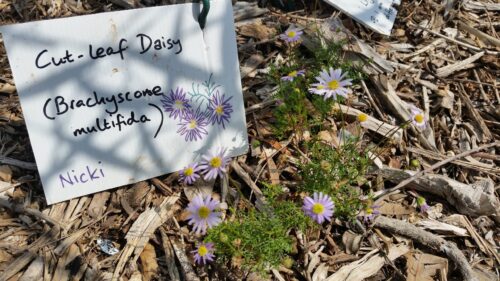What are indigenous plants?
Vegetation can be both native and indigenous in certain areas. Firstly, let’s get a little clearer about these two words. Native vegetation is particular to a given region or ecosystem. For example, Australian natives or native plants of Victoria. This includes lots of different plants for example trees, shrubs, herbs, or grasses. Native plants have grown and evolved with the ecosystem over time. Plants that humans have brought into areas where they weren’t there previously are called introduced or exotic species. Although Australian natives are mostly ‘good guys’ don’t be fooled. Some Aussie natives can become pests outside of the area where they grow naturally, so check your local Council plant guides before picking your plants.
Indigenous plants are not only native to Australia but are also unique and historically suited to the conditions of your local area. They may not grow anywhere else in Australia. Sometimes they are referred to as ‘local natives.’
Our favourite child-friendly indigenous plants
We’ve tried and tested these plants in indigenous garden projects in the play yards of childcare centres in Victoria, Australia. They’re hardy, non-toxic, beautiful, and easy to grow. *Even though these plants are native to Victoria, check with your local Council if they are indigenous to your area.

How to pick indigenous plants for your local area
Councils are a wealth of information. When it comes to indigenous plants, most Councils have already done the hard work for you in terms of picking plants that are suitable for areas where you live or work. For example, we are based in the Moreland City Council area in Victoria. They have prepared a bunch of great indigenous plant resources for our area here.
Why should you pick indigenous plants for your garden?
Since white settlement, many indigenous plants have been removed or outcompeted by introduced plants. Indigenous gardens provide an opportunity to reflect on, respect and value the rich culture in Australia, including Aboriginal and Torres Strait Islander cultures and histories. Indigenous plants fit in with the natural environment as they are suited to the local soils and climatic conditions. As they use less water this saves money. They also attract and protect native wildlife and help to conserve native plants of the area.
Here’s some other reasons to plant indigenous gardens:
- They require less pesticides and fertilizers.
- They attract beneficial pollinators like birds, bees, and butterflies.
- They are relatively easy to grow and once established, require little maintenance.
- Indigenous gardens look beautiful and can handle some tough love from kids once established.
- They make great sensory gardens for children to see, smell, touch, hear and taste different plants.

Links to the Early Years Learning Framework
Growing an indigenous garden at your childcare and/or at home, not only leads to environmental benefits through improving biodiversity, but it also provides children with access to a wonderful natural environment (EYLF Outcome 2: Children are connected with and contribute to their world). It teaches children to care for and learn about plants in their local area and develop skills to respect their environment and community.
Looking after your indigenous garden
Choosing a variety of plants is key to creating layers in your garden to enhance the habitat and attract different types of local wildlife. Indigenous plants are easy to grow and maintain but they still require some love especially when they are young and finding their feet.
Here’s some tips to help your indigenous garden thrive:
- Make sure your soil is healthy before planting. Remember, healthy soil = healthy plants.
- Involve children in all aspects of gardening, from choosing the plants, planting, to helping to maintain the garden.
- Mulch the garden area. This reduces water loss, adds more nutrients to the soil as it breaks down, and protects your plants during dry or hot periods.
- Set up a regular watering routine 1-3 times a week while new plants are getting established especially prior to hot or dry periods. Once established, you can cut back on watering the plants unless there is unusually hot weather or dry periods.
- Fence off the area after planting to give the plants time to get established without little trampling feet. Fencing should still allow for children to see the plants. If children want to touch the plants, they should be encouraged to do so with adult supervision. Adults should model what ‘gentle touching’ of plants looks like. Fencing can be removed after plants are established. If particular plants thrive in your garden, plant more of these in the future.

Where to buy indigenous plants in Victoria
Here’s some suppliers we source native and indigenous plants from. Check with suppliers on changes to ordering due to COVID-19 restrictions.
Victorian Indigenous Nurseries Cooperative (VINC)
Yarra Bend Road, Fairfield
VIC, 3078
CERES Nursery
Brunswick East
VIC 3057
Nangak Tamboree Wildlife Sanctuary – La Trobe University
Bundoora campus
VIC, 3086
Bulleen Art and Garden
Bulleen
VIC, 3105










